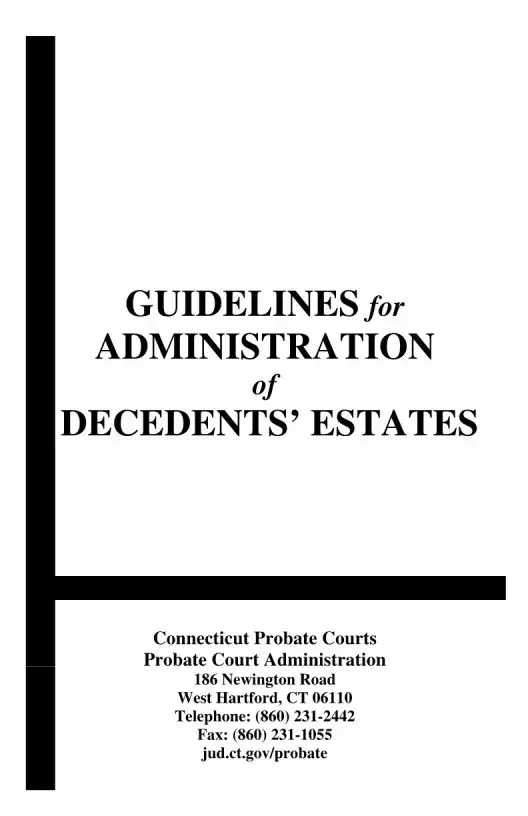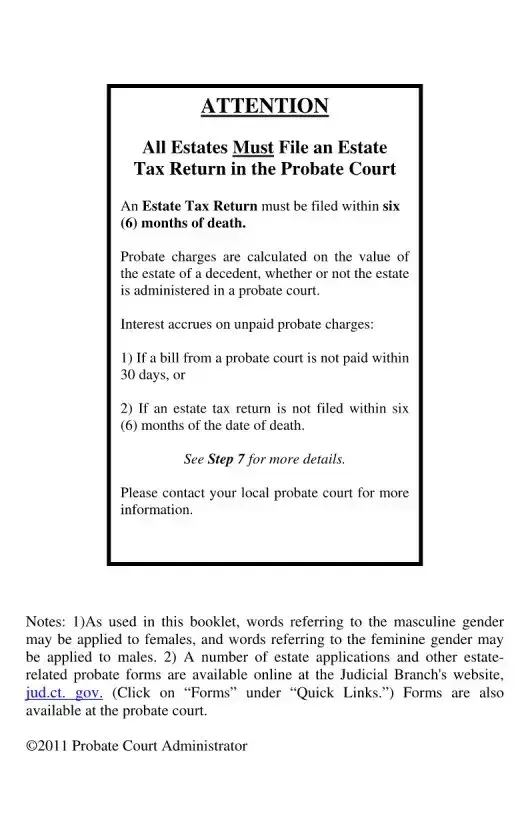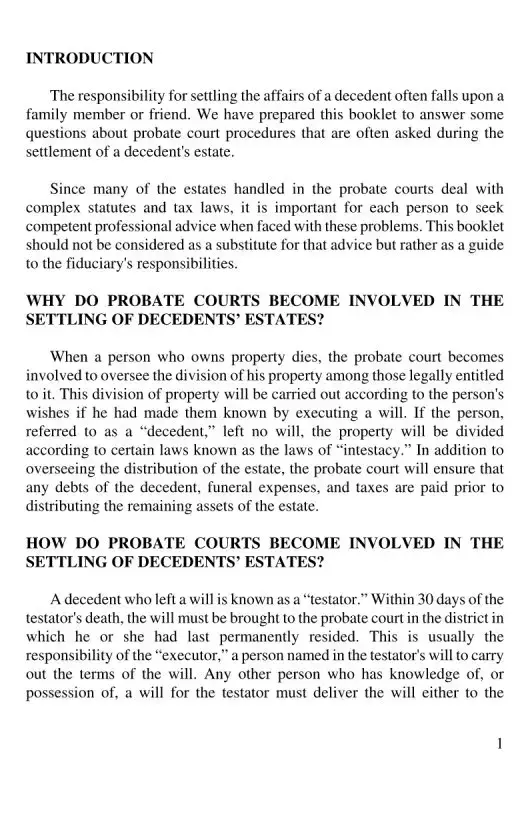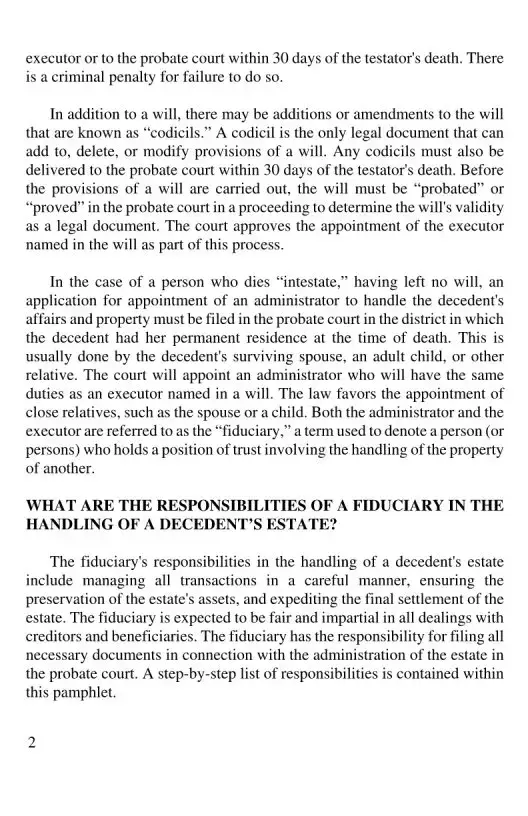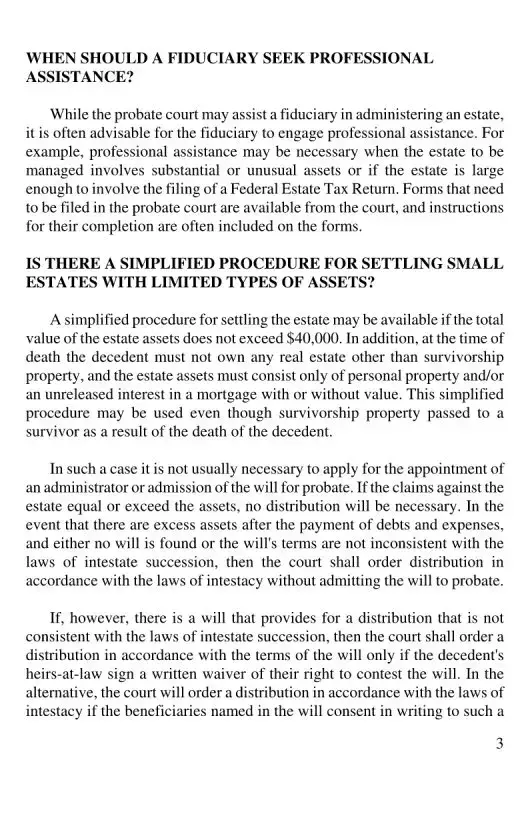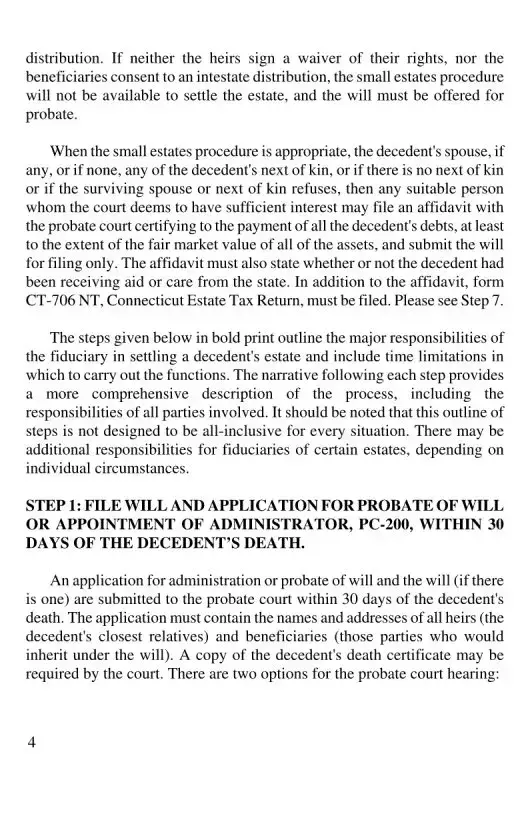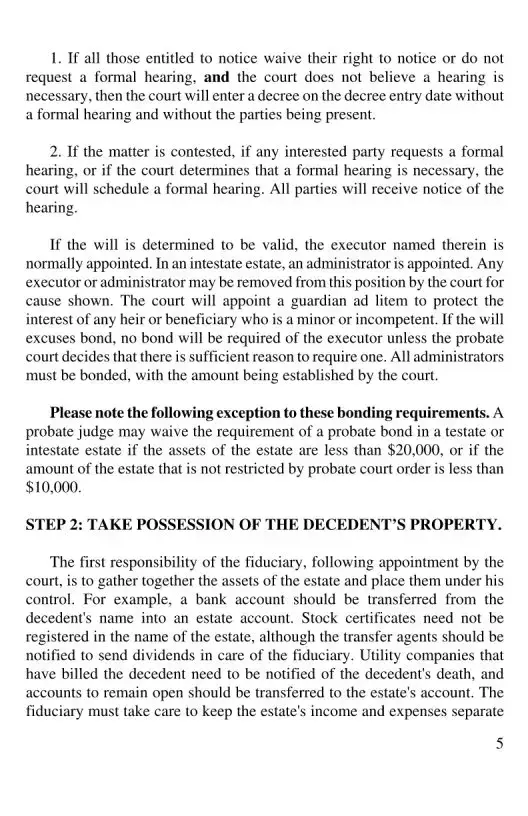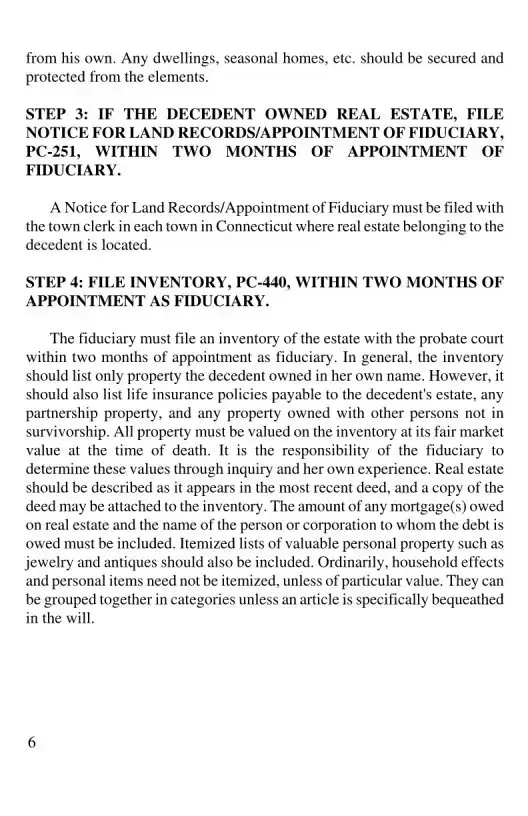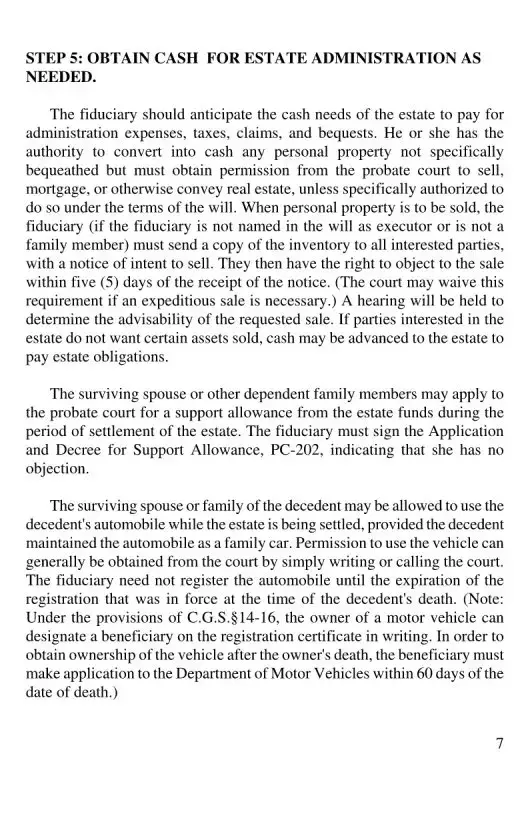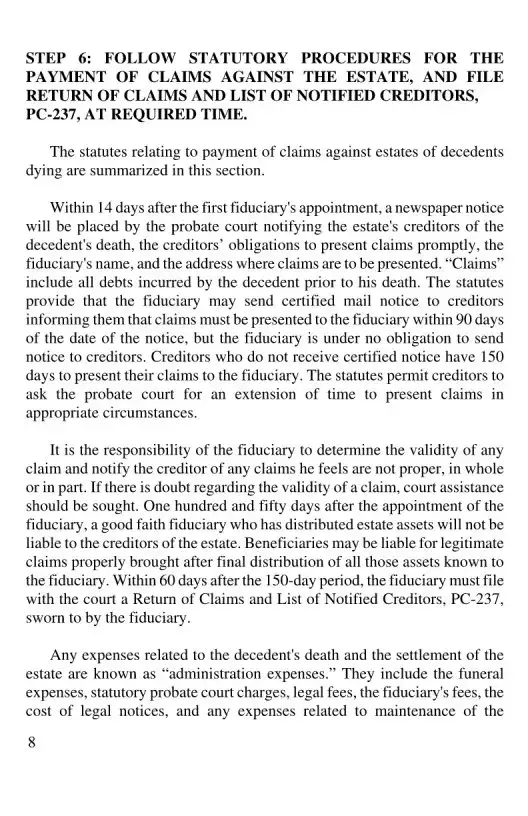-
What is the purpose of a Connecticut Probate Form?
A Connecticut Probate Form is used to manage the estate of a person who has passed away. This form is part of the legal process that ensures the deceased person's assets are distributed according to their will, or, if there's no will, according to state law. It may involve validating the will, taking inventory of the estate's assets, paying off debts and taxes, and distributing the remaining assets to the rightful heirs or beneficiaries.
-
Who needs to file a Connecticut Probate Form?
The executor named in the will or an appointed administrator if there is no will typically needs to file a Connecticut Probate Form. In cases where the deceased did not leave a will, the probate court will appoint an administrator. This person is responsible for carrying out the process of probating the estate, which includes filing the necessary forms with the probate court.
-
Where do you file the Connecticut Probate Form?
The Connecticut Probate Form must be filed with the probate court in the district where the deceased person lived at the time of their death. If the deceased owned real estate in another state, additional proceedings might be necessary in that state as well.
-
What information is required on the Connecticut Probate Form?
The form requires comprehensive information about the deceased, their assets, debts, beneficiaries, and how the estate will be distributed. Specifically, it may ask for the deceased's name, date of death, information about any real estate owned, bank accounts, investments, and other personal property. It will also require details about the beneficiaries and the executor or administrator of the estate.
-
Is there a deadline to file a Connecticut Probate Form?
Yes, the form must be filed within a specific time frame, generally within 30 days from the death of the person. However, it's important to consult the specific rules of the probate court where you are filing, as deadlines can vary.
-
Can you file a Connecticut Probate Form online?
Some probate courts in Connecticut may allow the filing of certain documents online, but it varies by district. It's important to check with the specific probate court for their submission guidelines. In most cases, however, the original documents must be filed in person or mailed to the court.
-
What happens after you file a Connecticut Probate Form?
After filing, the probate court will review the documents. There may be a hearing where interested parties can raise objections. The court will then issue an order for the distribution of the estate's assets following the will (if one exists) or state law. The executor or administrator must carry out these orders, which might include selling property, paying debts, and distributing remaining assets to the beneficiaries.
-
Are there any fees associated with filing a Connecticut Probate Form?
Yes, there are fees associated with filing probate forms in Connecticut. The amount can vary depending on the type of filing and the value of the estate. Additional fees may apply for petitions, motions, and other court actions during the probate process. It's advisable to check with the court for a schedule of fees.
-
How can you get help with filling out a Connecticut Probate Form?
For assistance with probate forms, you may consult a probate attorney who is familiar with Connecticut law and the specific requirements of the local probate court. Additionally, some probate courts offer resources or clinics to help individuals understand how to complete and file these forms correctly.
